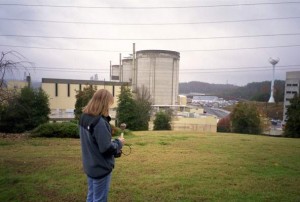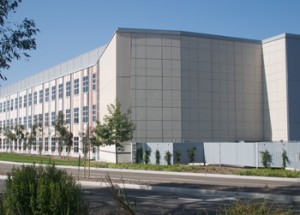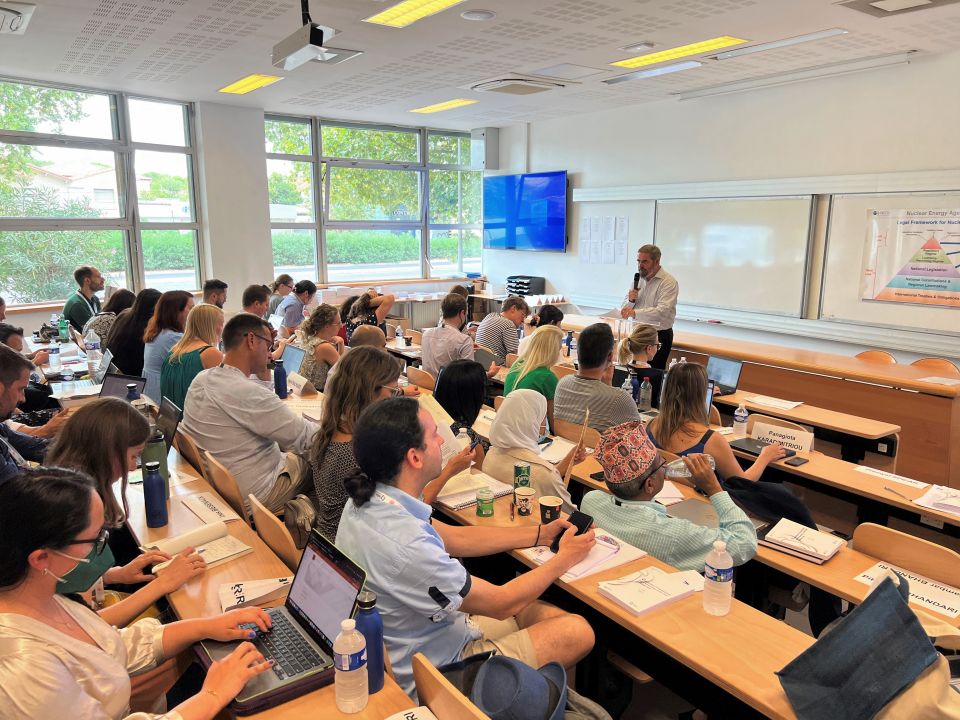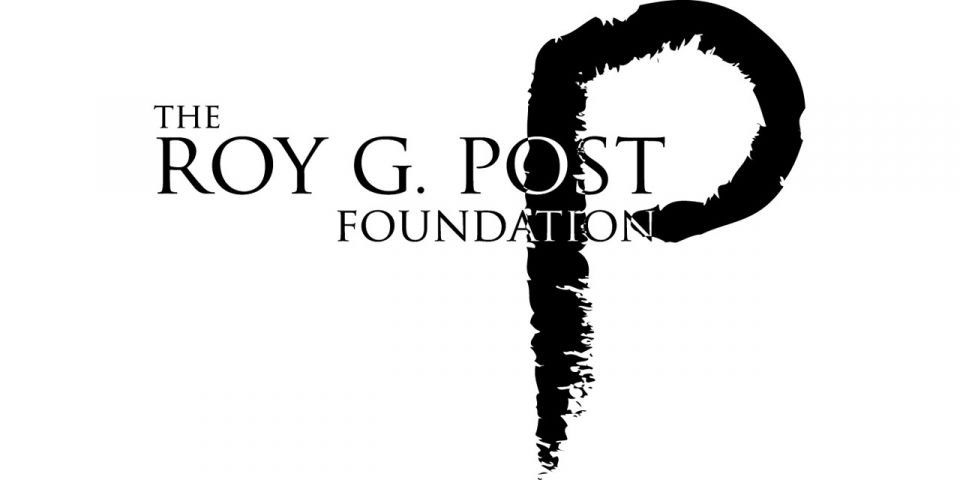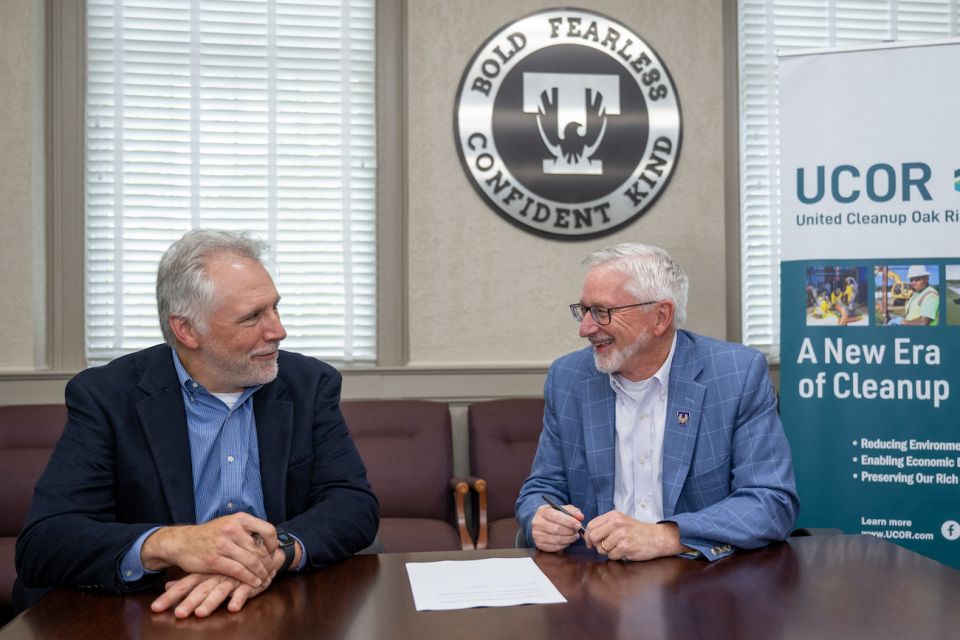Nuclear energy? Show me!
In high school one day I learned that nuclear energy is dangerous to people and the environment. After school that day I confronted my dad, a nuclear engineer, and luckily he was attentive enough to know that I am a visual learner and proceeded to "show" me the ways that nuclear is safe. The whole story can be found here, if you haven't already heard it.
I am so thankful to my dad, who introduced me to the facts about nuclear through a visit to the Oconee nuclear power plant. As a visual learner, I am not alone, or even an anomaly, in this form of comprehending. In fact, about 65 percent of people are visual learners, while only 25 percent respond primarily to auditory learning. Experiential learning, as I have learned in my experience as an educator, is the most potent way to share information, in that it allows students to gain primary experience and discover new things for themselves. This kind learning tends to stay with a person.
I have also been reading a lot lately about the power of storytelling. Oral narrative is ingrained in human beings in a visceral way, since it is the way we have shared information for most of our existence. If you cannot provide someone with primary experience, perhaps you can put the important information into a narrative. I know several nukes who are particularly skilled at this, and their stories always stay with me, including the facts that are integrated into the story.
I want to highlight a few existing projects that are doing this effectively, and encourage others to take note. The Michael Krupinski Memorial Foundation is dedicated to workforce development in nuclear science. The foundation's "Real Time Reactor Program" brings kids into the University of Wisconsin research reactor, without leaving the comfort of their own classroom.
The Michael Krupinski Memorial Foundation Education Fund was established in 2006 with the mission of expanding the pipeline of individuals entering the science, technology, and engineering fields to support our nation's growing energy needs.
 Another great hands on experience is the Experimental Breeder Reactor No. 1 at the Idaho National Laboratory. This former reactor site has been turned into a museum complete with interactive robots and exact replicas of the inner workings of the reactor. The museum serves to take the mystery out of the whole fission process., and it also puts the history of nuclear energy into an engaging narrative that is sure to stick with anyone who stops by.
Another great hands on experience is the Experimental Breeder Reactor No. 1 at the Idaho National Laboratory. This former reactor site has been turned into a museum complete with interactive robots and exact replicas of the inner workings of the reactor. The museum serves to take the mystery out of the whole fission process., and it also puts the history of nuclear energy into an engaging narrative that is sure to stick with anyone who stops by.
Another exciting program that is blurring the lines between art and science is called AlloSphere, at the University of California Santa Barbara. Although it is not specific to nuclear energy, it is a great example of how to get visual, non-technical people interested in learning about science through the arts.
I am sure that there are many more examples of interactive, inspiring outreach that "shows" the ins and outs of nuclear science, and I invite folks to use the comments section to share. As we continue work on the Nuclear Literacy Project, we will create a list of all of these great resources for the new Web site.
________________________________
Suzy Hobbs is the executive director of PopAtomic Studios, a non-profit organization dedicated to using the power of visual and liberal arts to enrich the discussion on nuclear energy. Hobbs is an ANS member and a frequent contributor to ANS Nuclear Cafe.


